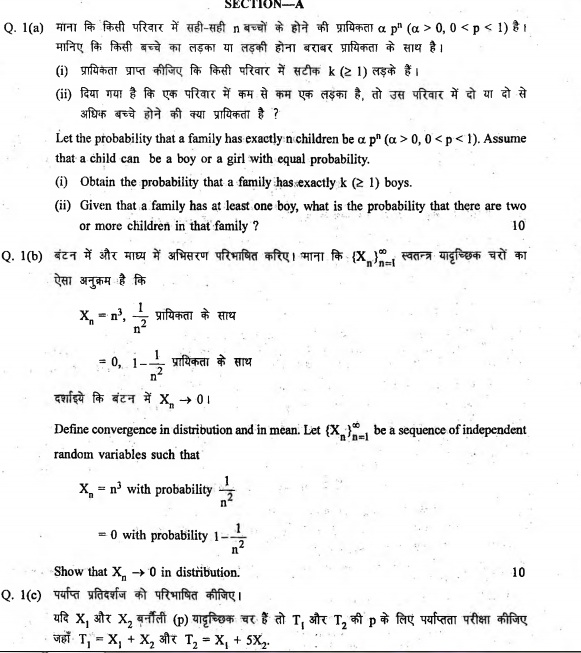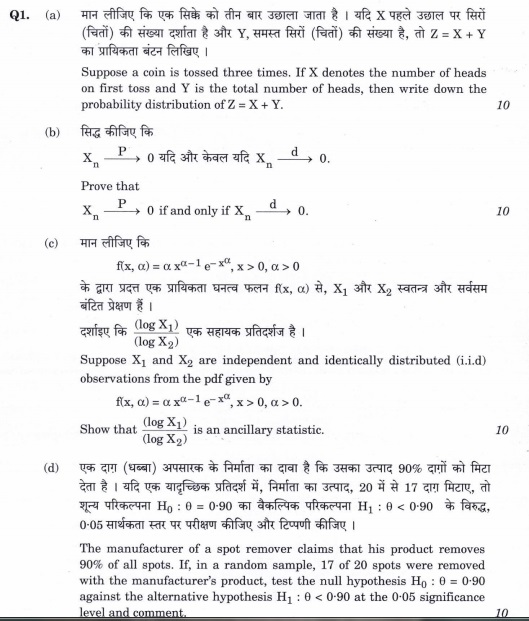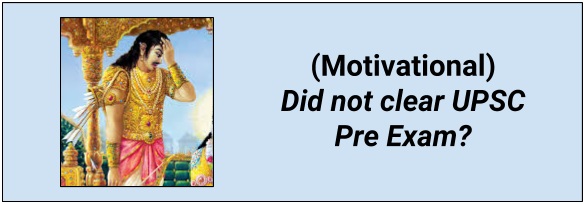
(TEXT BOOK) Kerala Board Board CLASS-10
::SOCIAL SCIENCE::
CONTENT
01-Revolution That influenced the world...09-30
02-World in the Twentieth Century......31-54
03-Public Admininstration............55-68
04-British Exploitation and Resistance....69-86
05-Culture and Nationalism......87-104
06-Struggle and Freedom...105-120
07-India after Independence.....137-150
08-Kerala Towards Modernity.....151-170
09-The State and Political Science.....171-192
10-Sociology : What? Why?.........193-210
NEW! UPSC IAS Exam Complete Study Materials (Pre, Mains, Interview COMBO Study Kit)
Courtesy : Kerala Board



















